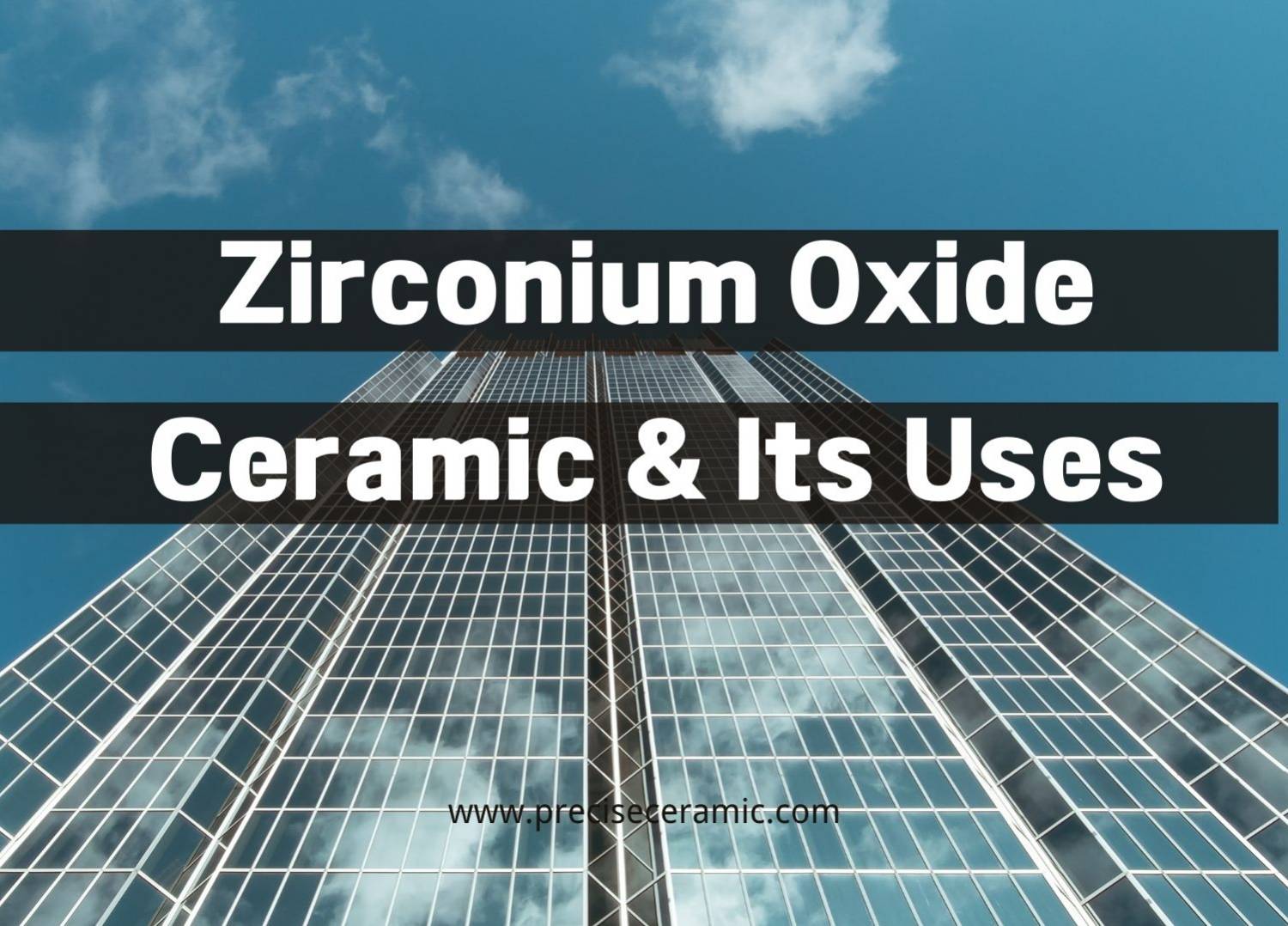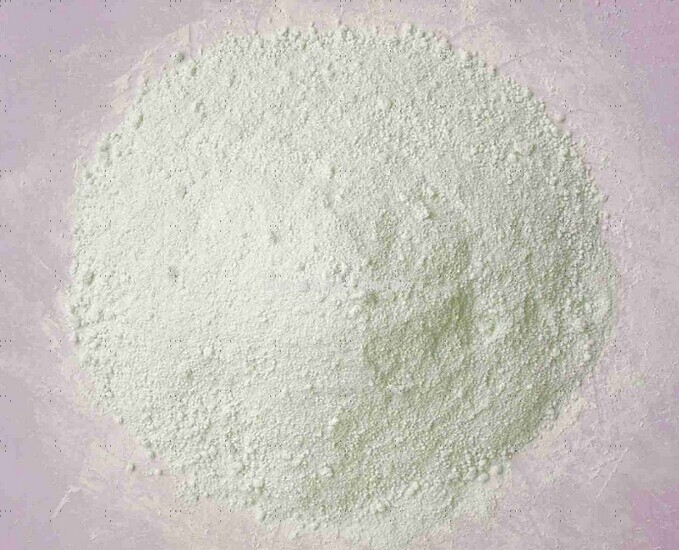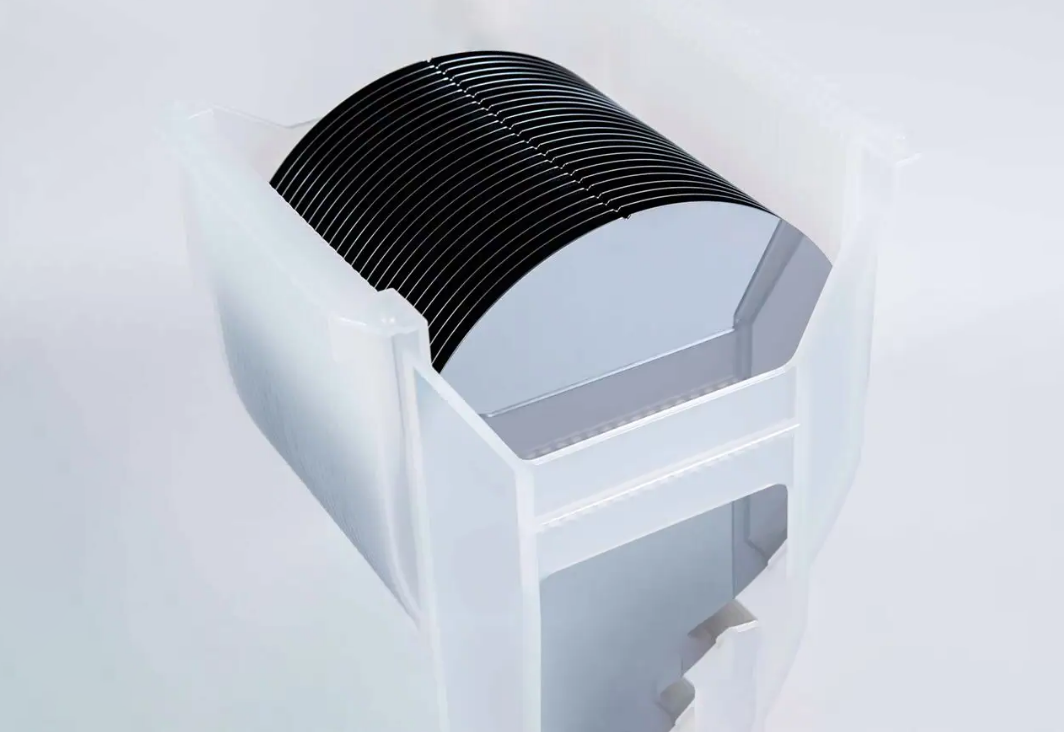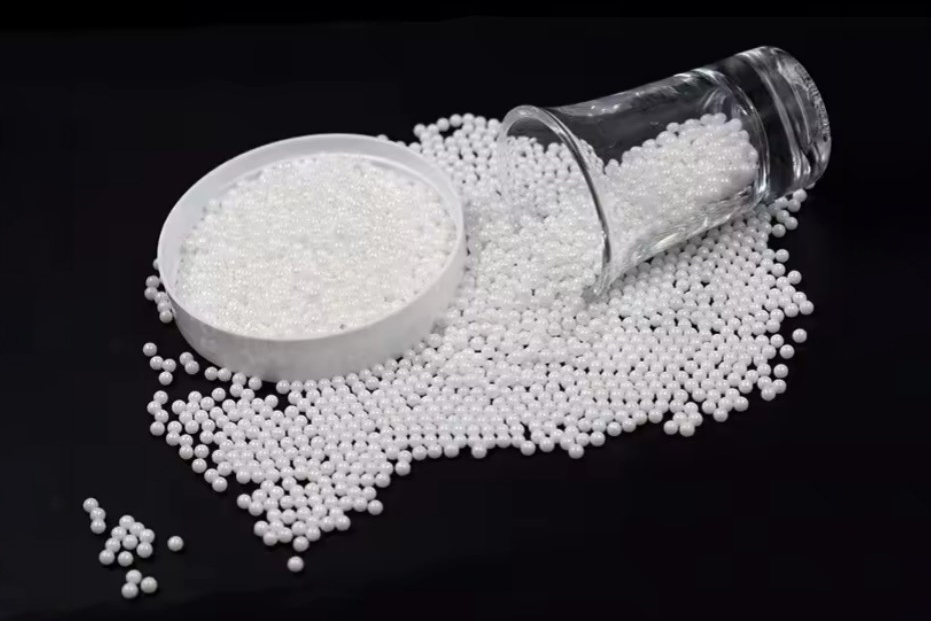Zirconium Oxide Ceramic & Its Uses

Zirconium
Zirconium is a silver-gray transition metal that is very malleable and ductile. The element typically forms stable compounds. This is why zirconium alloys have been applied in different sectors and in various ways. Zirconium is resistant to corrosion, making it a very attractive material in industrial applications. Zirconium materials are, therefore, very useful in pipes, nuclear cladding, heat exchangers, fittings, and in other environments with high corrosive tendencies. Zirconium also finds application in steel alloys, colored glazes, making of ceramics, abrasives materials, lamp filaments, artificial gemstones, making of catalytic converters, furnace bricks, lab crucibles, television glass, and many more areas. One of its many important applications is in the manufacture of special glass. This article focuses on the application of Zirconium Oxide in making special glass.
Zirconium Oxide
Zirconium dioxide, which is also known as zirconia, is a white crystalline oxide of zirconium. Its most naturally occurring form is the mineral baddeleyite which has a monoclinic crystalline structure. Zirconium Oxide products typically demonstrate excellent mechanical properties and stability at elevated temperatures. However, it can also be obtained in the lab from zircon, which is probably the most commercially important oxide formed by zircon.

Zirconium oxide powders[/caption] Aside from their mechanical properties and stability at high temperatures, zirconia products exhibit strong resistance to heat and corrosion. They're chemically inert and have consistent quality. These properties make zirconia an ideal material for manufacturing several refractory products, ceramic colors and pigments, and even electronics. Zirconia also finds applications in friction materials, welding rods, as well as zirconium metal, and alloys.
Properties of Zirconium Oxide
- Excellent thermal resistance and mechanical properties at elevated temperatures.
- Advanced zirconia ceramics have excellent biocompatibility. This makes zirconia to replace alumina as the material of choice for prosthesis devices like hip joints or femoral ball heads.
- It is very strong and hard, has superior wear resistance, stability, and is resistant to scratching.
Production of Zirconium Oxide
Zirconium oxide can be obtained both naturally and synthetically in the laboratory. Naturally, it is found in the substance Zircon, also known as Zirconium Silicate (ZrSiO4). Zirconium oxide can be derived through chemical processes from zircon. Zirconium oxide is the most commercially important oxide obtained from zircon. There are different methods used to obtain zirconia from zircon, but they all have some features in common. These are:
- They require the decomposition of zircon by chemical, thermal, or mechanical means.
- The products obtained from zircon decomposition are then treated by solubility differentiation.
- Zirconium compounds are later isolated from residual impurities.
Commercial Production of Zirconia
The process involved in large scale production of zirconium oxide from zircon are:
- Thermal dissociation/calcination of zircon
- Decomposition of zircon by fusion with sodium hydroxide, sodium carbonate, calcium oxide, potassium fluorosilicate, and magnesium oxide
- Addition of calcium carbonate (or lime)
- Chlorination
- Carbiding
The reduction and fusion of zircon (zirconium silicate) subsequently produce fused zirconia (zirconium oxide). Zircon is mixed with coke and heated to its fusion point (about 2,800 C) in an electric arc furnace. It then dissociates to yield zirconium oxide and fumed silica.
Application of Zirconium Glass Ceramics
Zirconium oxide is a very versatile material. Another essential application of the material is in the manufacturing of special glasses. Cubic zirconia is a fully stabilized form of Zirconium oxide, which can be used for making jewelry and other similar products. Cubic zirconia also has an excellent refractive index, making it useful in optical glass formulations, where it improves the properties of the glass. Cubic zirconia is a popular form of zirconia, commonly known as a synthetic diamond. It is popularly used as a gemstone because of the optical clarity of its single crystals, high refractive index, and ability to maintain its color and brilliance.
Related Post: 3 Types of Popular Cover Glass Materials
Other Applications of Zirconium Oxide
Aside from its use in jewelry, glass polishing, and glass ceramics in general, zirconium oxide has several other important industrial applications as outlined below:
- It is a perfect material for refractory applications.
- It is used as advanced ceramics. e.g., Yttrium doped zirconia
- Used as a radio pacifier in surgical cement because of its low solubility and biocompatibility.
- Used in electronics, such as PZT and fuel cells.
Conclusion
Zirconium oxide is a versatile material obtained from zircon (Zirconium Silicate), which is used in different applications due to its chemical inertness, stability at elevated temperatures, and excellent mechanical properties. When doped with other elements, Zirconium oxide is highly versatile in application. For more information, please visit https://www.preciseceramic.com/.
{{item.content}}
LEVE A REPLY
{{item.children[0].content}}
{{item.content}}










